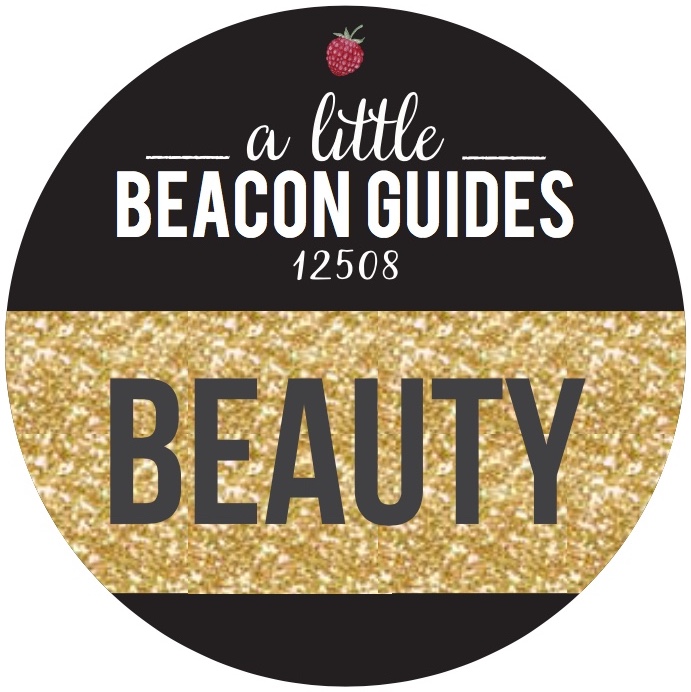Moths on the Mountain - Bag Worms and Gypsy Moths In Beacon and In Your Yard
/Screenshot from live-action bag worms on an evergreen bush.
Photo Credit: Katie Hellmuth Martin
Confession: I have a slight obsession with moths, and I may or may not have created a sleeper of a YouTube playlist called #TheMothHunter to document moth invasions and removals from homes. This is why I am attending tonight's workshop at the Howland Public Library: "Gypsy Moth Outbreak: An Informative Discussion on the Causes and Environmental Impact of Gypsy Moths in our Forests." The workshop, from 6 to 8pm this evening (August 23, 2016), features ecologist Clive G. Jones, D.Phil, Emeritus Senior Scientist, from the Cary Institute of Ecosystem Studies.
According to the event hosts, Beacon, Fishkill and other areas in the Hudson Valley are in the midst of the East Coast's worst gypsy moth invasion in more than 20 years. Earlier this spring, you may have noticed lots of fluttering brown moths in your yard, around the tailpipe of your car, or even around your body as they searched for spots to alight. Due to my own front-yard invasion of bag worms, a larva that descends down silk and grows into a large hairy brown moth, I can identify some types of moths, but these moths this spring didn't look like bag worms to me, as they weren't as hairy. I am anxious to find out tonight if they were indeed gypsy moths who were searching for places to do things that cause deforestation, which is what you see now on Mount Beacon and the Fishkill Ridge. Brown patches. Leafless holes in trees.
Becoming Moth Hunters
Once you experience moths destroying your bushes, trees, clothes, shoes, bags, and food, you too may become a Moth Hunter. You too may learn what they look like when they are teeny tiny eggs, and what they look like when they hatch, and when it is too late to spray them, and when it's too late to kill the fluttering ones because if there are moths visible to your eye, there are multitudes of tiny eggs you don't see, just waiting to hatch and start the cycle all over again.
My preoccupation with moths started when I moved to Beacon and watched pantry moths fly around my closet ceiling, and the kitchen ceiling of my friend, and witnessed these horrid things wiggling around on my bushes outside, stealing pine needles to build their cocoons, only to read in my midnight research that they were bag worms and cause deforestation. Watch this video below to see wiggling bag worms. These are different than gypsy moth caterpillars, but all are eggs and flying things we don't want in our trees or bushes.
Bag worms and gypsy moths cause deforestation. Once you recognize them, you'll see hundreds, maybe thousands of tiny eggs in one infected bush or tree. Watch this video again and you'll see the young larvae that have just hatched. They start from an egg. When they hatch, they come down a single strand of silk, and start collecting pine needles one by one. You'll see single pine needles hanging from the bush. For years, I thought these were pine needles hanging from furry dog hair after my dog brushed against them to itch her back. But now I realize that she probably carried the little larvae into the house on her back (gag...moving on). As the worms get bigger, they pull lots of pine needles around them, resembling pine cones. Which is what I thought they were for years. But pine cones don't move by themselves, as these do.
Killing and Preventing Bag Worms
During my midnight research, when I wasn't torturing my friends with pictures and videos of bag worms, I learned that the only way to kill bag worms was to burn or drown them. Natural predators include assassin bugs who, according to this pest control company, can insert a long needle into the cocoon, as well as the Ichneumonid wasp and tiny types of spiders that build almost solid-looking webs across bushes to catch dropping, unsuspecting larvae. But the infestation had outnumbered the natural predators, and my scissors, pruning shears, and I needed to get involved.
When the bag worms were still too much and started moving over into my cosmo flowers and other evergreen bushes, I called in local landscaper Kristen VanCott, of Spring Water Landscaping, to remove the most infested bush, and spray the other two with neem oil to prevent the bag worms from spreading to the other bushes. This worked last year, and I neglected to treat them this year. I didn't realize I needed to... Until I saw all of the tiny larvae dangling, and bigger ones getting fatter and fatter as the spring went on. Home Depot or Amazon, here I come to order neem oil, depending on what new information I learn from tonight's workshop. Bag worms or gypsy moths, I'm eager to learn about and implement whichever treatment plan will keep the creepy-crawlies to a minimum. See you there!
Moth prevention, at least at the pantry and food moth level, is pretty preventable. You remove the food source. You change the way you store your grains. (No, putting them in plastic bags isn't enough and may even create an environment that pantry moths seek out because plastic bags can make things moist and moisture is what moth larvae seek out. Maybe that's why spices in plastic jars seem more prone to moth infestations than those in glass jars, but that's just my theory.)
Gypsy moths, bag worms, pantry moths, food moths, they are all no good to the things we need. Maybe for birds who eat them, or spiders who live for building webs beneath the dropping larvae, but sometimes those natural predators have too much food, and overpopulation of moths can cause problems.
Check out how many bag worms this guy got in this video...




































